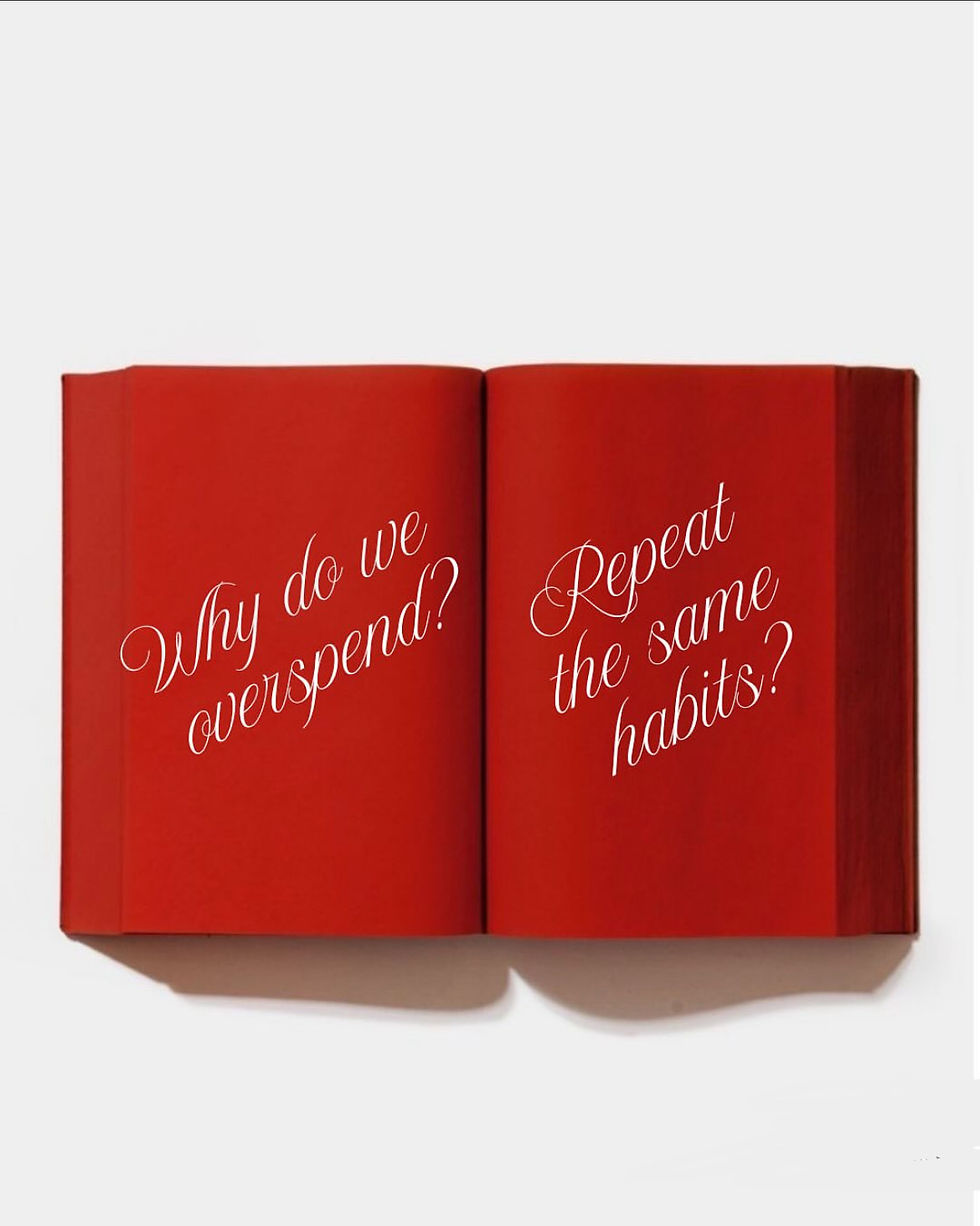Founders Club
School's 1st Youth-Led Club



I’ve always been deeply curious about behavioral finance and the psychology behind why people do what they do. I used to share little insights with friends, things like, “Do you know there’s always a pattern in the way people act?” or “If you keep focusing on the same negative thought, your brain can get conditioned to it.”
These everyday psychological patterns fascinated me, and I loved talking about them. But then I realized not everyone was as interested in these ideas as I was. So, I thought, why not create a space for people who are? That’s how The Hidden Hand was born, a page exploring the unseen reasons behind everyday actions and decisions.
It’s an early-stage page with over 1000+ engaging followers, 50+ posts, and 5,000+ views. The content connects life events with behavioral finance, psychology, and subtle nudges that shape human behavior. From discussing cognitive biases like cost aversion and the nocebo effect to simplifying complex behavioral concepts into relatable insights, The Hidden Hand aims to build a thoughtful community that recognizes hidden patterns in decision-making and improves personal and financial habits.
What started as a simple Diwali outing transformed into a journey of purpose and empowerment. While accompanying my mother to a crowded market to buy diyas, I met a talented artisan whose meticulously crafted clay pots and ornaments went largely unnoticed outside the festive season. Despite the beauty and effort in her work, she called it “bekaar” (worthless) because it didn’t provide sustainable income. That moment struck me deeply. As someone passionate about art, I couldn’t imagine a talent being overlooked simply because it wasn’t deemed “practical.”
Determined to make a difference, I returned to the market, connected with more local artisans, and collected a variety of their handcrafted products- from clay earrings and lanterns to incense holders. I set up a stall at my society’s Diwali mela, providing artisans with an advance and promising to return the profits. To everyone’s surprise, every single item sold. Their faces lit up brighter than any diya, and that day marked the beginning of a larger mission.
Encouraged by this success, I organized similar stalls in nearby societies, but soon realized that these artisans didn’t just need seasonal boosts, they needed sustainable recognition and consistent opportunities. To address this, I built a website to showcase their stories, highlight their products, and connect them with buyers across the country. Over time, revenue began to grow steadily, providing artisans not only financial support but also pride, dignity, and motivation to continue their craft.
This initiative has since grown into a small movement where tradition meets technology and culture meets commerce. It goes beyond selling clay art or paintings, it builds bridges between forgotten hands and appreciative audiences, reviving stories hidden in every handcrafted piece. Through this journey, I learned that compassion paired with action can create lasting change. It has taught me the value of economic empowerment, storytelling, and community impact, proving that even small beginnings like a trip to buy thirteen diyas can spark meaningful transformation.

PROJECTS
This club, so dear to my heart, was born out of a moment of inspiration after I attended the Young CEO Program at IIT Delhi. Reading about successful entrepreneurial ventures had already sparked my curiosity, but the program completely transformed my outlook. I returned with a new sense of purpose, to create a space in my school where like-minded students could come together to discuss real-world problems and develop innovative solutions through entrepreneurship. That’s how the Founders Club came to life, my school’s first youth-led entrepreneurship club.
At first, I was nervous, unsure if the principal or teachers would approve, since no student had ever started a club before. Still, I took the leap, sent an email, and to my surprise, the principal responded positively. After a few meetings with him and the coordinators, our sessions began within a month.
The club now educates students on start-up fundamentals, guiding them through ideation, building MVPs, gathering customer feedback, and executing their ideas. In its inaugural year (2024–25), we hosted a competition featuring 14 teams and 40 students, judged by esteemed business leaders and professors. Following its success, the 2025–26 cohort received over 80 applications from classes 6–12, from which 30 passionate students were selected to be mentored and lead the next wave of young innovators..





